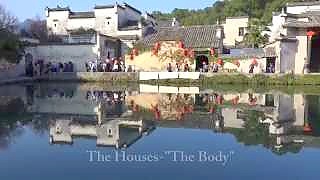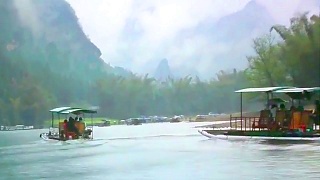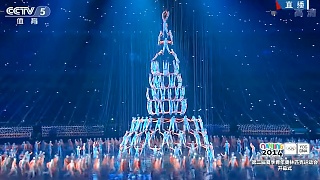On a trip to Yunhe Terrace in Lishui, Zhejiang in 2016, mother fell in love with the beautiful views and fresh air there. Recalling that mother sold family house in hometown to raise money for his tuition to study abroad 16 years ago, Tian rent a 2-mu land 1030 meters above the sea level and built his mother a new house surrounded by mountains and clouds. The spare rooms are used to run a guesthouse.
2016年,建築師田景海帶著母親去浙江麗水的雲和梯田旅遊,母親愛上了這兒的好山好水好空氣。想起16年前母親為了籌措自己留學的學費,賣掉老家的房子,田景海便在麗水租下2畝地,在海拔1030米的雲海山間,為媽媽造了一個新宅,空餘房間則用來做民宿。
[640],shadow=true,start=,stop=Ye Hui is a poet. He is passionate about the fate of people, and his poems have been selected many times in the "Chinese Annual Poetry". Meanwhile he is an architect, specializing in old building renovation. In 2014, Ye Hui bought a lakeview villa in Nanjing. Living in a house with 400-square-meter indoor area and an 800-square-meter courtyard, he spends most of his time in a 3-square-meter space.
葉輝是詩人,他的詩作飽含情感地關注著人的命運,多次入選《中國年度詩歌》,同時他也是一位建築師,擅長老建築改造。2014年,葉輝買下南京的一套湖景別墅,室內空間400㎡,內院800㎡,不過他最常待的工作空間,只有3㎡。
 Poetry and architecture
Poetry and architecture



















